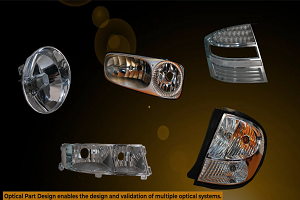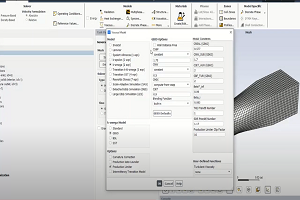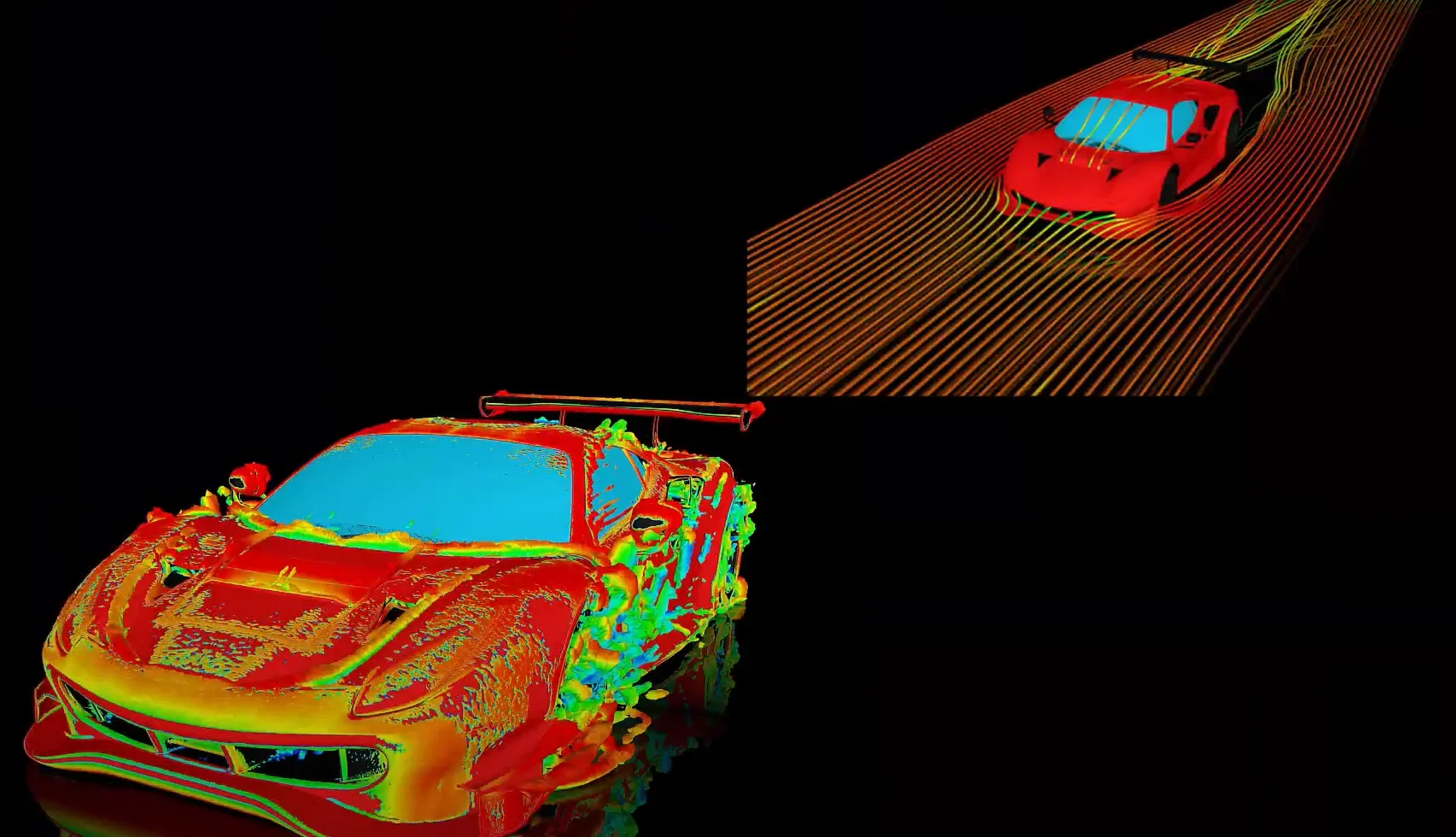How can I avoid extinction occurring in my combusting flow calculations so that I just get a cold flow solution?
-
-
June 6, 2022 at 8:33 am
 FAQParticipant
FAQParticipantMost combustion models have flame extinction options that prevent reaction occurring if conditions are not right for combustion. It is therefore important to choose initial conditions (for transient calculations) or an initial guess (for steady state calculations) that ensure that combustion begins and propagates as expected. The flame extinction options depend on the combustion model that is being used:
1) Eddy Dissipation Model.
B coefficient (product limiter): Setting B >= 0 will prevent combustion occurring unless there are products present. Either set B = -1 to remove this restriction (recommended for non-premixed flames) or else set an initial guess with a small amount of products (e.g. CO2 mass fraction = 0.001)
Extinction Temperature: Obviously, the initial temperature must be greater than the extinction temperature in at least some part of the domain or the reaction rate will be zero.
2) Finite Rate Chemistry or Finite Rate Chemistry and Eddy Dissipation. The Arrhenius reaction rates in the standard library will reduce the reaction rate to a small value or zero below the ignition temperature or if the fuel/oxidant ratio is outside the flammability limits. It may be necessary to set an initial guess that has non-zero fuel or oxidant and a temperature (e.g. 1000K) that will allow combustion to begin.
3) Laminar Flamelet (non-premixed). Normally this model will always give combustion if the boundary conditions are set correctly and the initial guess is automatic.
4) Premixed or Partially Premixed Laminar Flamelet Model. The reaction progress variable should always be set to 1 in at least part of the domain (By default it is initially set to 1 in all the domain).Note that the ‘Dynamic Model Control’ option (under ‘Solver Control’) will, by default, set ‘Transition Iterations’ to 5 so that the product limiter is not applied in the combustion model for the first 5 iterations. This can be changed but is intended to give ignition even when B> 0 and no products are present. A common reason for lack of ignition is that a combustion calculation has been started using a cold flow (non-reacting solution) as the initial guess. In this case, the dynamic model control does not apply and the products limiter prevents combustion starting. Setting B = -1 will prevent this problem. A less common problem is lack of turbulent mixing. If the turbulence frequency (omega) is too small initially then the turbulent combustion rate is low and this may lead to extinction of the flame. For transient premixed combustion (e.g. spark ignition engines), it is often necessary to define an ignition (point or volume) source that either introduces a source of energy and/or products depending on the model and flame extinction options being used.
-


Introducing Ansys Electronics Desktop on Ansys Cloud
The Watch & Learn video article provides an overview of cloud computing from Electronics Desktop and details the product licenses and subscriptions to ANSYS Cloud Service that are...

How to Create a Reflector for a Center High-Mounted Stop Lamp (CHMSL)
This video article demonstrates how to create a reflector for a center high-mounted stop lamp. Optical Part design in Ansys SPEOS enables the design and validation of multiple...

Introducing the GEKO Turbulence Model in Ansys Fluent
The GEKO (GEneralized K-Omega) turbulence model offers a flexible, robust, general-purpose approach to RANS turbulence modeling. Introducing 2 videos: Part 1 provides background information on the model and a...

Postprocessing on Ansys EnSight
This video demonstrates exporting data from Fluent in EnSight Case Gold format, and it reviews the basic postprocessing capabilities of EnSight.

- How do I model humidity in Fluent?
- ANSYS Internal Combustion Engine (ICE): Port Flow Part 1 – Getting Started
- I am running an electrochemistry simulation in Fluent. How can I access the electrochemistry reaction rates with UDF?
- Model setup: Setting up chemical reactions
- Configuring and Solving the Chemical Species Transport in Fluent
- ANSYS Fluent: Describing Non-premixed Combustion using the Steady Flamelet Model
- How do I use the Flamelet Generated Model?
- ANSYS Chemkin-Pro: Reducing a Combustion Mechanism
- How can volume fraction be plotted in a species transport simulation?
- Explanations on the warning Maximum / Minimum PDF table enthalpy exceeded in xxx cells (Non-Premixed or Partially-Premixed models)

© 2025 Copyright ANSYS, Inc. All rights reserved.

